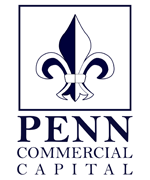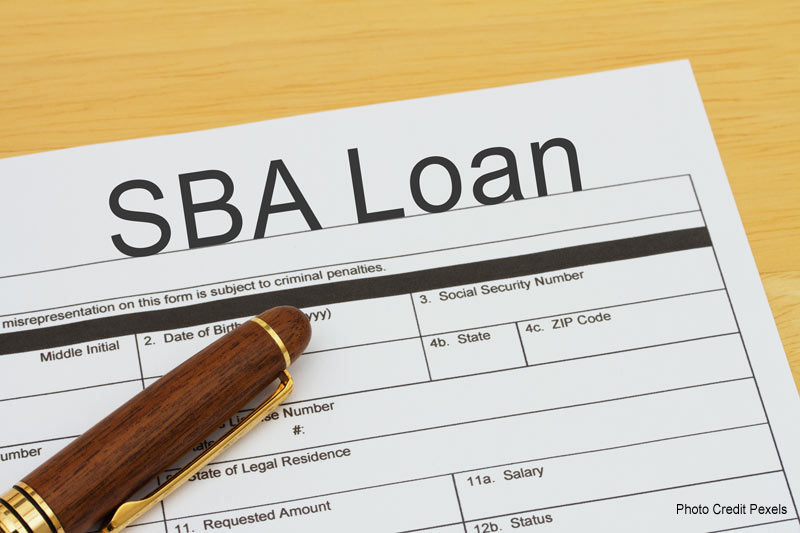What is the SBA Community Advantage Program?
Many people are familiar with the U.S. Small Business Administration’s loan programs (SBA), as well as how helpful it can be for those with smaller businesses that might not qualify for traditional financing options. You might have even heard of the 7(a) or 504 loan programs, which fall under the SBA. This fact would come as no surprise given that the SBA issues more than $21 billion in 7(a) funding alone annually.
However, the SBA has many pilot loan programs that are not as well known to the business community. The Community Advantage loan program is a perfect example of such a program.
Read on to learn all about this small business loan program. Let’s dive into some of the typical questions about this pilot loan program, such as who might qualify, how the program works, and how you can apply.
What Is the Community Advantage Program?
The Community Advantage pilot program provides financial assistance to underserved markets, particularly those that might have limited financing options for their small businesses. After extensive research, the federal government concluded some regions of the country were left behind as it pertains to SBA lending, so they looked to rectify that situation with this program.
The issue was that traditional banks and lenders were not reaching low-income or neglected communities, so there was also less incentive for those individuals to start businesses or for companies to locate in these areas. The SBA determined that they had to partner with different institutions to reach these underserved regions and thus give them access to much needed capital.
The solution was to partner with mission-oriented lenders, who saw this as part of a larger effort to improve and empower their communities. This plan included nonprofit organizations that served as financial intermediaries.
What Is an Underserved Market?
The SBA has standards to define an underserved market, because not just any community or region can qualify. For example, businesses in which 50% of full-time workers are low-income qualify. The business also qualifies if 50% of its full-time workers live in a low-income community. However, if these factors are not present, then the business is less likely to qualify.
Legally-defined promise or opportunity zones are also considered underserved. This zoning also applies to legally-defined empowerment zones. Lastly, HUBZones and veteran-owned businesses are classified as underserved. Note that this means businesses in a wide variety of communities and regions have the potential to access this program and use it to assist their business.
What Are the Terms and Conditions?
The maximum loan amount for Community Advantage is $250,000. There is a maximum guarantee of 85% for loans less than $150,000. The guarantee percentage drops to 75% when the loan is larger than $150,000. If you are looking to borrow a larger amount, then these conditions might impact whether you want to pursue this financing option.
The maximum interest rate on a Community Advantage loan is 6%. The funding received is eligible for any normal business purpose, which making it a flexible funding option for a business because it does not have specific conditions regarding how the funds can be used. Your business could then use the funds for payroll, purchasing equipment, or even inventory.
The loan term depends on the borrower. If the loan is for working capital, the maximum loan term is ten years. The maximum loan term grows to 25 years for fixed asset purchases or a refinance. Therefore, it is important to know what you want to use the funds for in advance to make sure that you are matched with the right loan terms.
The lender does assess an upfront SBA guarantee fee, from 0.5% to 3%. The fee percentage depends on the loan value and repayment term.
What Is the Application Process Like?
The SBA and lending partner is going to ensure your business meets the agency’s size standards. They also verify that your business operates in an underserved community or employs low-income workers. Once they verify that you qualify to be considered under the program, they can move forward with you toward the application process.
The evaluation prior to the application includes a look into the borrower’s creditworthiness. Also, the lender considers the viability of the business idea and whether it is likely that your business is going to be able to repay the loan.
You may need to put up collateral as part of the loan process. This collateral typically depends on the loan amount. Lenders often require collateral for loans in excess of $25,000. Working with your lender, you can determine what type of collateral you need and what qualifies.
Community Advantage Small Business Loan: A Recap
Not all areas of the country receive equitable support from the SBA. This pilot program relies on nontraditional lenders to get financing to businesses that operate in low-income communities. However, if you are in one of these qualifying areas, it could be an opportunity to access capital for your company.
While the loan amount is capped at $250,000, lenders can offer a lower interest rate due to the SBA’s generous guarantees. Clearly, there are variety of options that the SBA offers, but this program can be a great way to get the financing your business needs.
If you want to apply for a small business loan, contact us today to get started.

